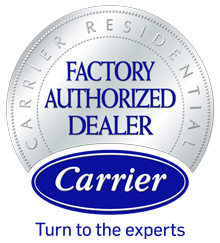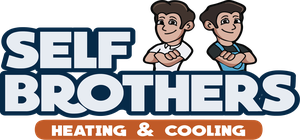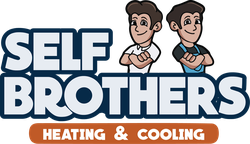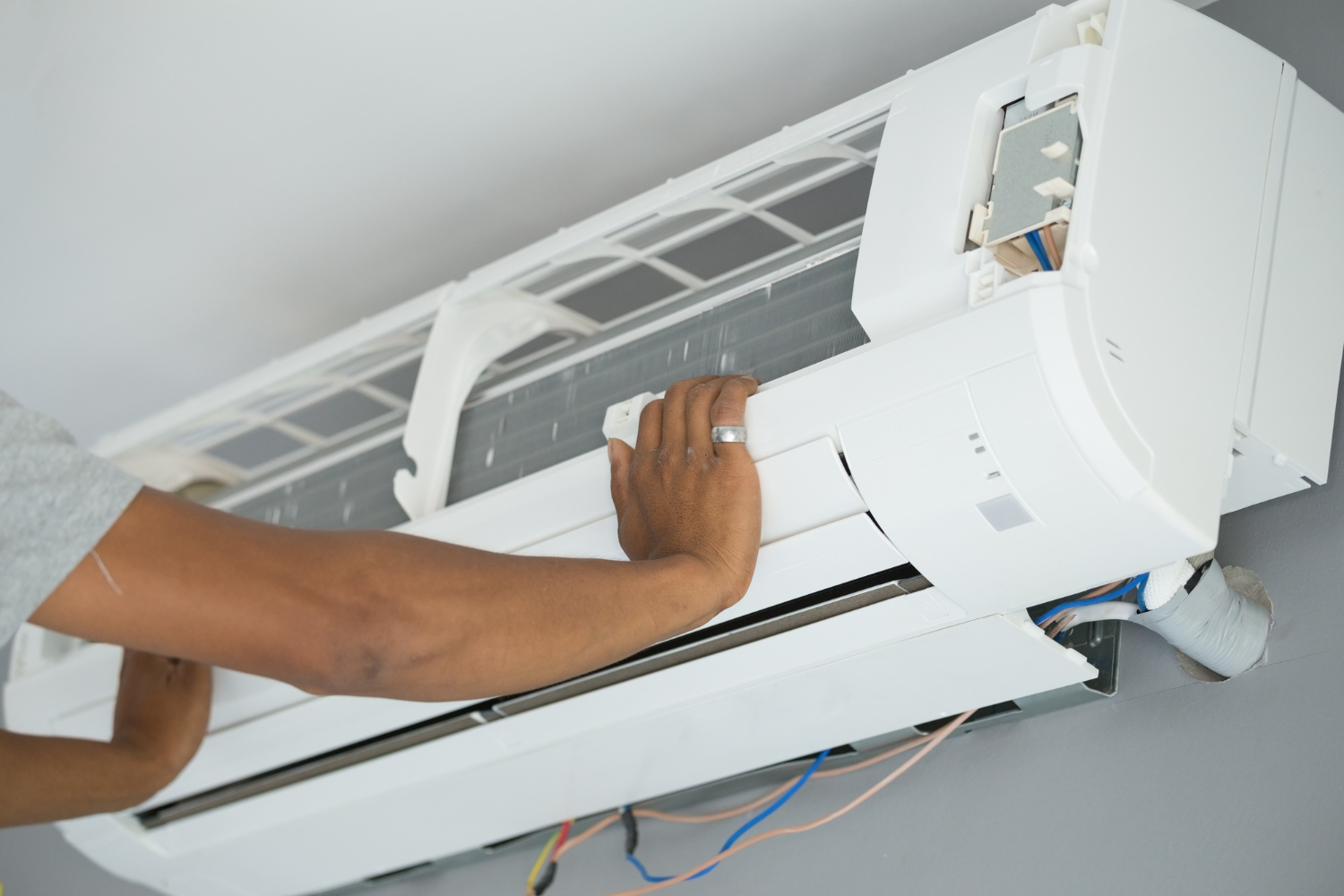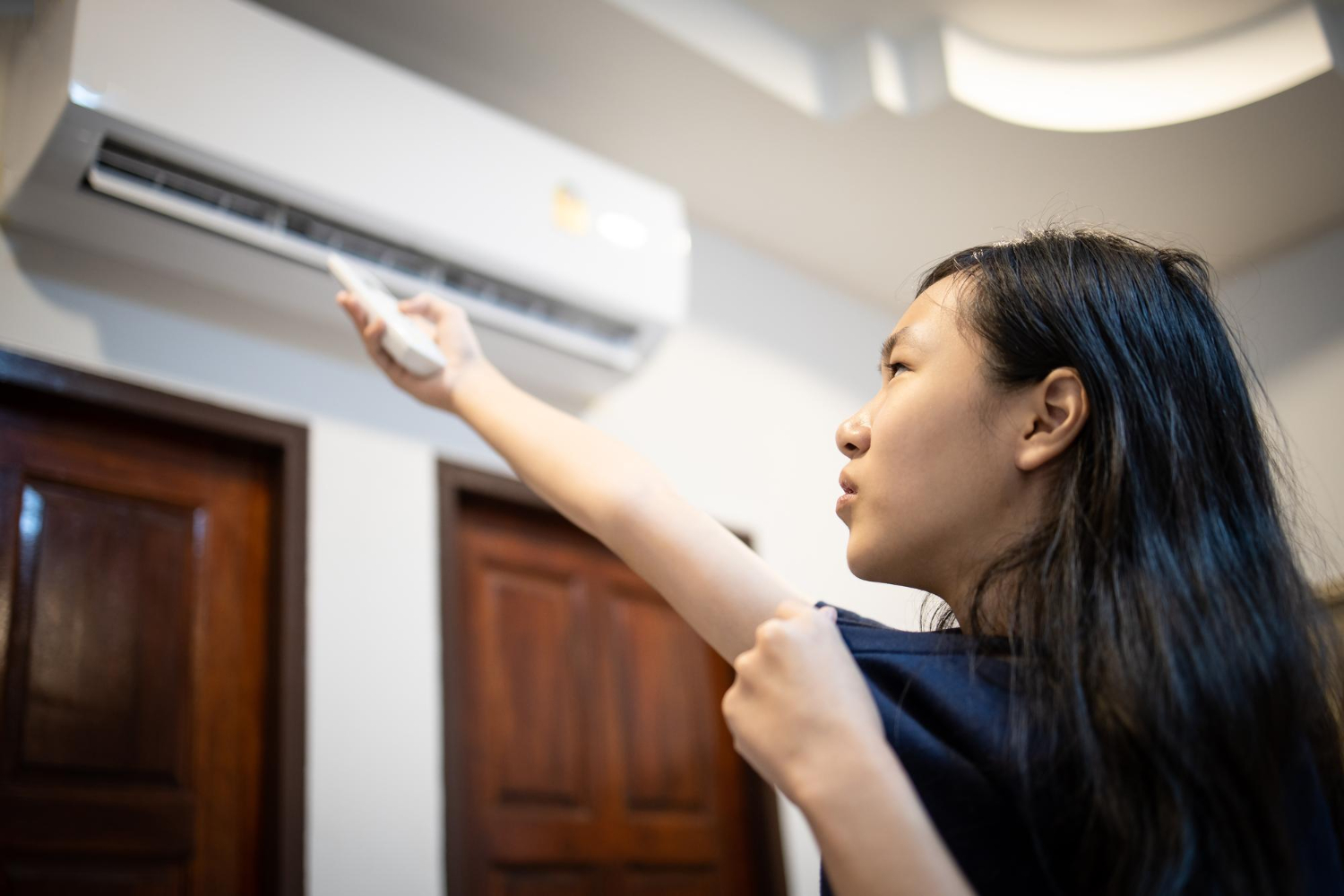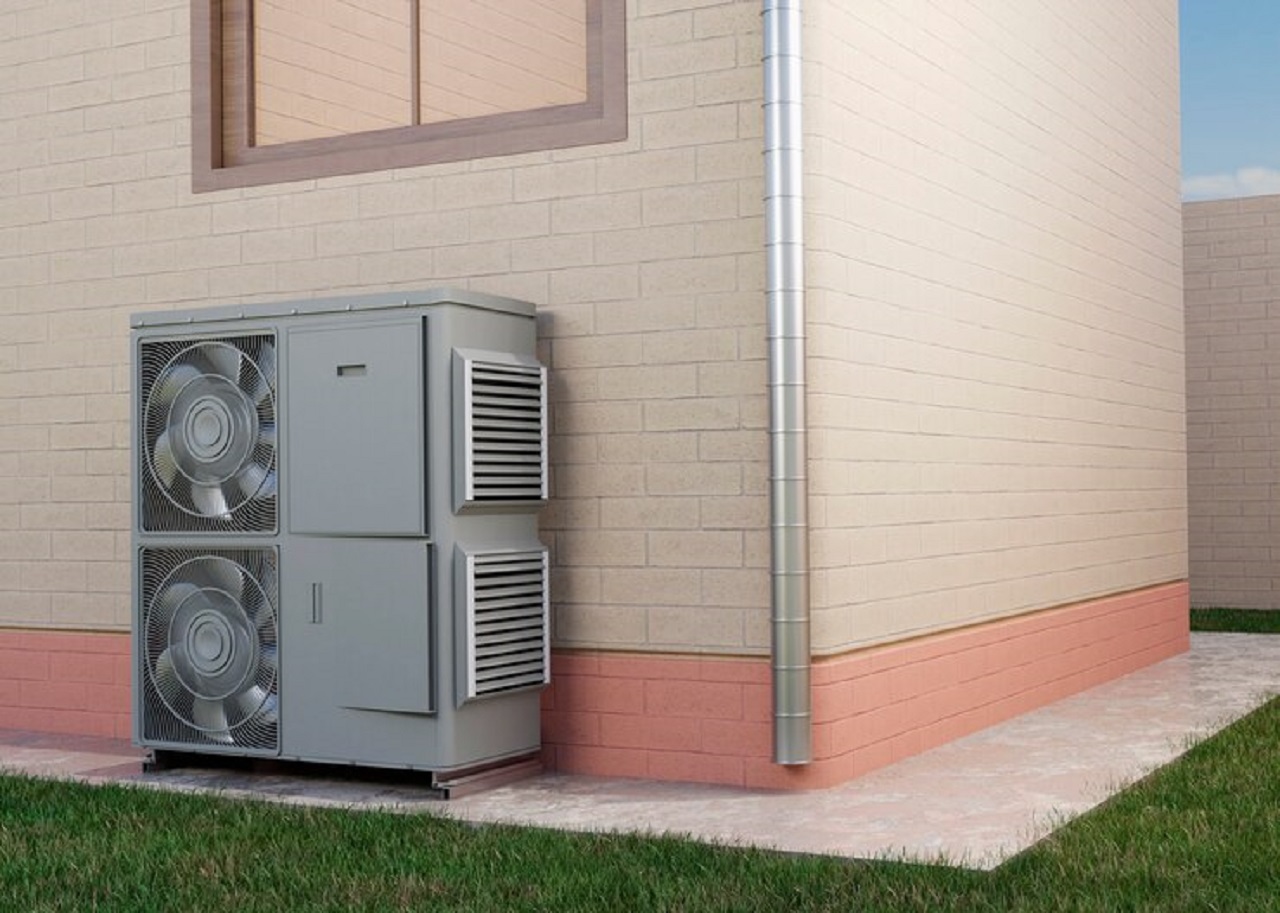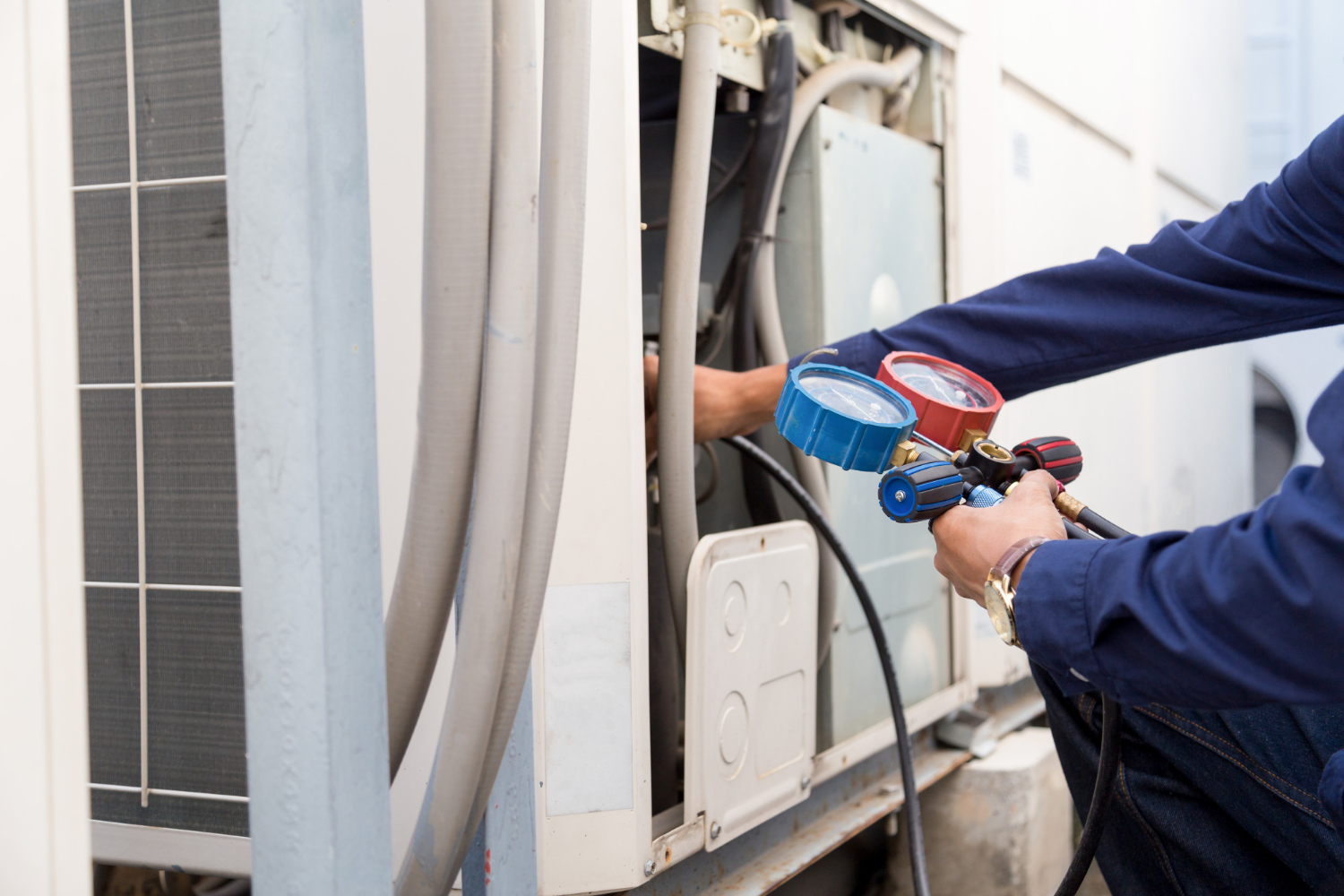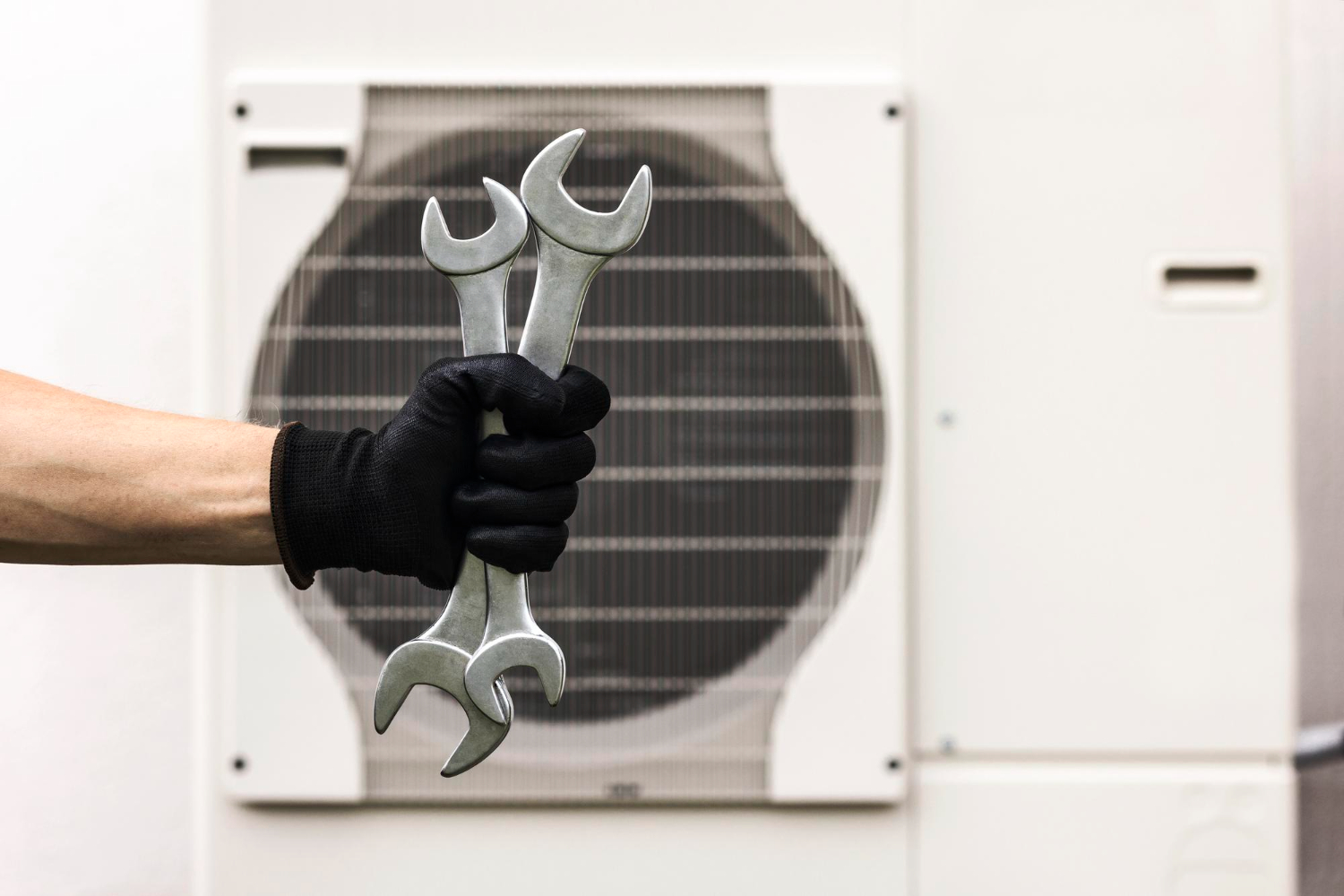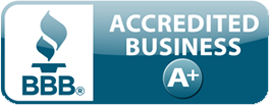Finding the ideal air conditioning solution for each room in your home can greatly enhance comfort, optimize energy use, and ensure the system's longevity. As summer approaches, focusing on effective AC installation becomes increasingly important, particularly in Decatur, where temperature fluctuations can pose challenges to maintaining a pleasant indoor environment. Selecting an AC system tailored to specific room needs is a wise investment that enhances comfort and reduces energy costs over time.
When your AC starts blowing warm air, it can be more than just a minor inconvenience—especially during the hot months in Decatur. This problem can quickly transform your comfortable home into an uncomfortably warm space, prompting urgent action for a solution. Whether it's the middle of summer or temperatures are rising as spring progresses, having a well-functioning air conditioning unit is crucial to maintaining a pleasant indoor environment.
Choosing the right size for your new heat pump system is critical for ensuring comfort and efficiency in your Decatur home. When the heat pump is properly sized, it efficiently regulates indoor temperatures, providing consistent comfort while saving on energy costs. Conversely, an improperly sized system can lead to a host of inefficiencies and problems, making it crucial to understand what factors go into sizing your heat pump just right.
Short cycling is a common issue many homeowners in Acworth face, causing frustration and a less comfortable living environment. Understanding why your HVAC system might be turning on and off frequently can prevent more extensive problems down the line. This issue not only affects the performance of your system but can also lead to increased energy bills and wear and tear on the equipment. Given the importance of a functioning HVAC system for maintaining a comfortable home, it's crucial to address any short cycling problems as soon as they arise.
Spring in Decatur brings a refreshing change, but it can also present unique challenges for homeowners with heat pumps. As the weather transitions from cold to warm, many heat pump owners encounter the frustrating issue of their systems freezing up unexpectedly. Understanding the underlying reasons for this problem is crucial to maintaining a comfortable environment in your home.


